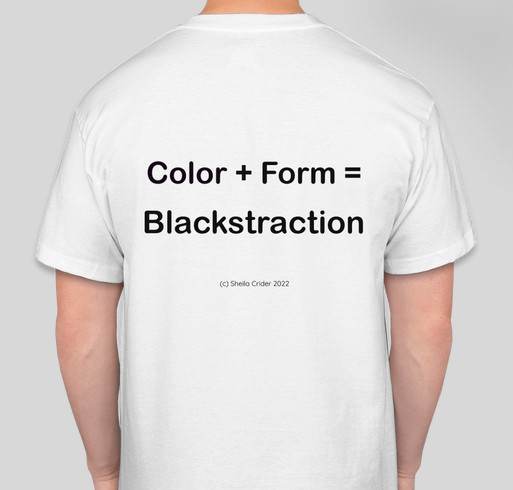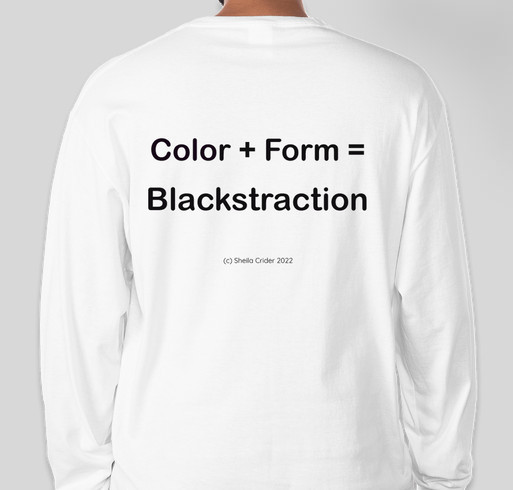OuTtheCube
philosophy and commentary by Sheila Crider
Thursday, May 15, 2025
Way Finding (IA&A Hillyer May 2 - June 1, 2025)
Monday, October 14, 2024
Tuesday, April 23, 2024
Audio Recording: New Door Creative Artist' Talk April 13, 2024
Several people have inquired if they could view the conversation I had with Michelle Talibah about "Relief" which she curated for New Door Creative... there is no video but here is the audio... makes for interesting listening...
audio of New Door Creative Artist Talk 4/13/24artist
a few pictures of the opening taken by Denaise Seals March 24, 2024
(Thanks, Denaise!)
Wednesday, February 28, 2024
Settling Into My Practice in Baltimore...
I've been working with Michelle Talibah and New Door Creative Fine Art on two projects.
"BioMatrix" (below) is being shown at The Outsider Art Fair in NY February 29 - March 3, 2024.
The second project is a solo exhibition at the gallery.
"Relief" opens at the Gallery (1601 St Paul Street, Baltimore, MD 21202) on March 24th and will be on view through April 26, 2024.
*See Studio Projects for images
Monday, April 24, 2023
406 N Howard/Main Floor Studio
Task:
build from things that linger: Collage Construction Fusion
study] Abstract Art Language [how/why it communicates
premise: art has an experiential quality.
Looking is not passive-
artists creating with intentionality have a goal:
readability & intelligibility.
Object making is such that neither artist nor viewer can
see anything that has not been seen before. Meaning
is drawn from the common fund of daily visual enterprise and adventure.
Abstraction references both the artists' memory and the viewers'
recollection of having seen the same thing. When art shares a common
(idea) (experience) (view) what thet have in common is what the art
communicates.
Imagine (ideas)
 |
| Slipping into Darkness (poured acrylic, paper pulp, burlap, recycled paper, thread) |
Imagine (experience)
 |
| Testing The Water (poured acrylic, paper pulp, burlap, recycled paper, thread) |
fusion exercises:
Dream Vacation
materials: rag paper, vellum scraps with random markings, acrylic
paint a rectangle/square on rag paper then place vellum on wet surface
HellHound on My Tail
materials: rag and tracing paper, acrylic, oil stick
begin as above replacing vellum with tracing paper
add color by pouring paint behind the tracing paper so it's more
beneath the surface of the piece than on top.
drawing exercise:
Charm City (work in progress)
materials: rag and tracing paper, graphite, charcoal, acrylic
flatten the cityscape to translate the surrounding
neighborhoods using linear rhythms and geometric shapes
to establish relationships across the field to create movement
as if walking down a street.
Thursday, December 8, 2022
Last of The Washington Years/Welcome to Baltimore
Summarizing 2022:
-DC Commission Artist Fellow
"Intersectional Painting" exhibit @ McLean Project for the Arts
-Superfine DC @ Gallery Place
-June Open Studio
"Color + Form = Blackstraction" group exhibit @ Honfleur Gallery
-Distinguished Artist of Ward 8 Award
NEW STUDIO:
Thursday, September 1, 2022
Putting The Word Out: Public Offering 2022
a group exhibition with Adjoa Burrowes, Gail Shaw-Clemons and Claudia "Aziza"Gibson-Hunter
Honfleur Gallery
1241 Good Hope Road, SE, DC
Thursdays - Saturdays through September 24th.
(photos by Greg Staley)
The second thing is this short and long sleeved cotton tee!
Available as a limited edition thru October 1st, they will be delivered to you in mid to late October directly from Custom Print. Short Sleeves: $25 Long Sleeves: $35
















.JPG)
.JPG)
.JPG)
.JPG)












.JPG)







